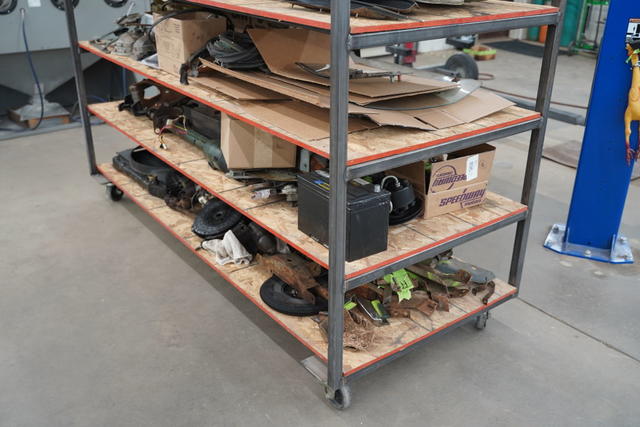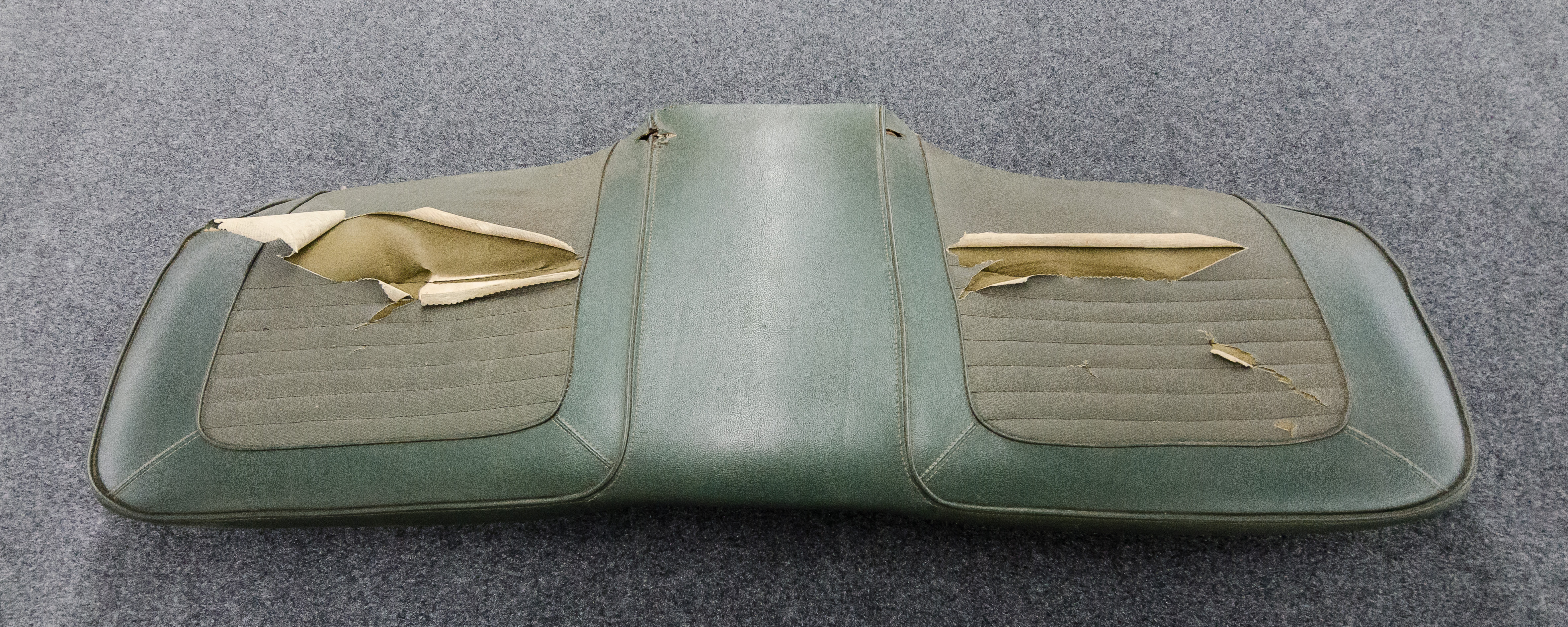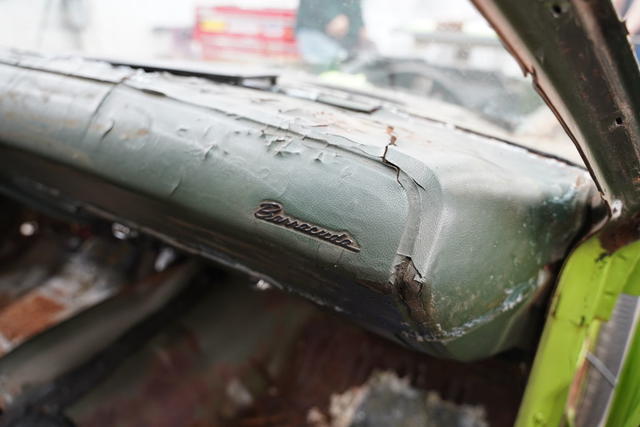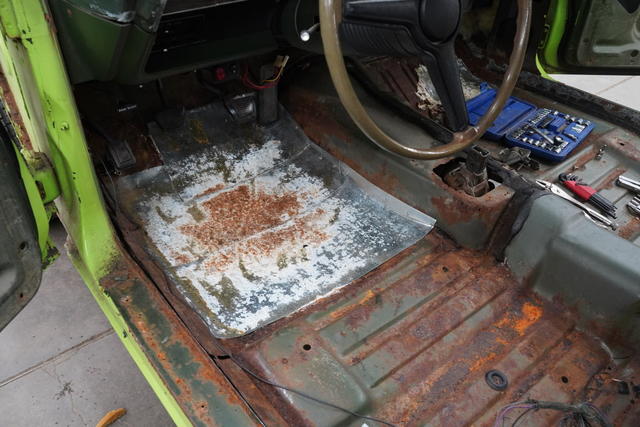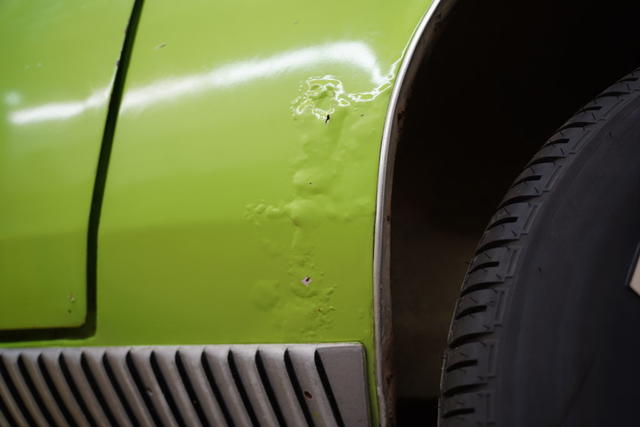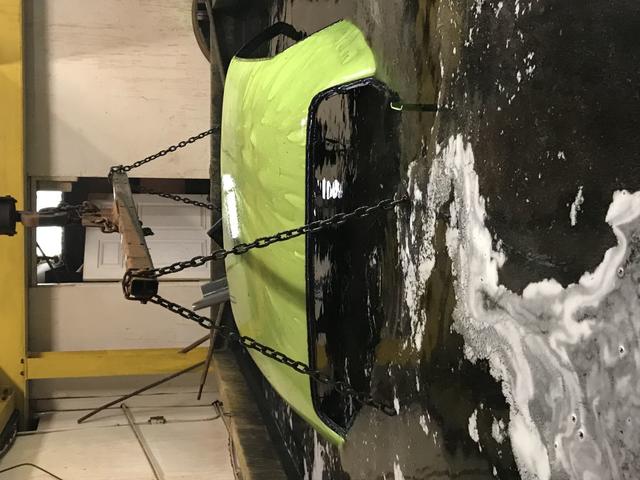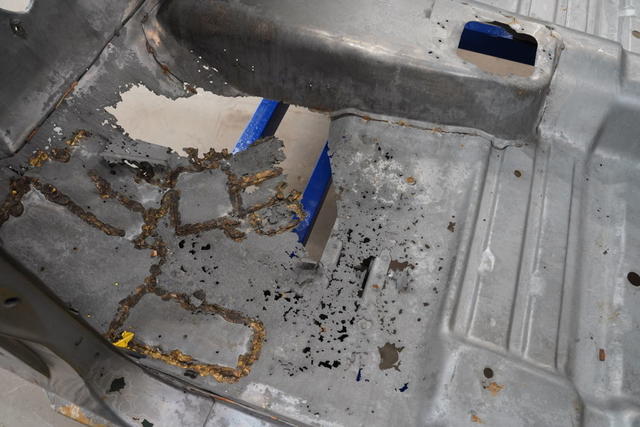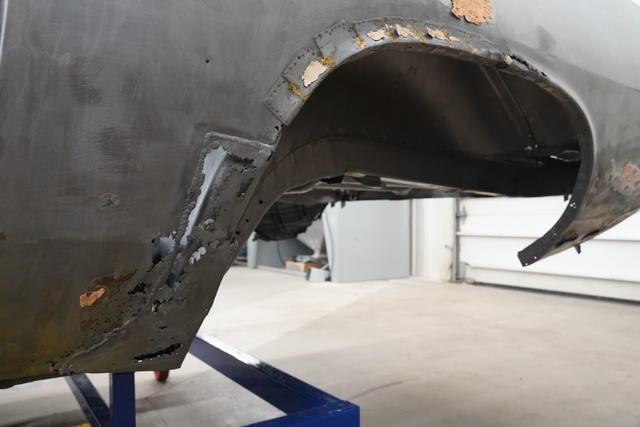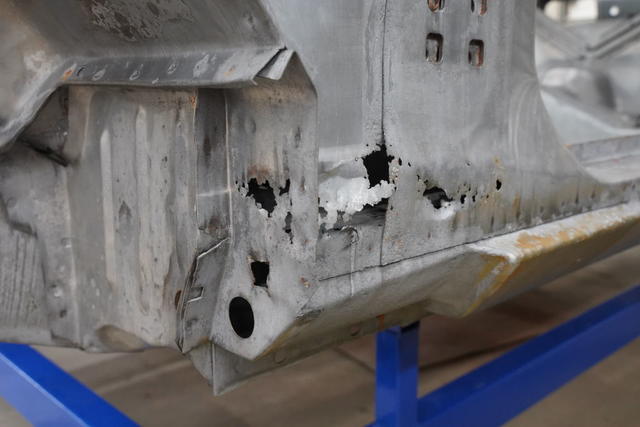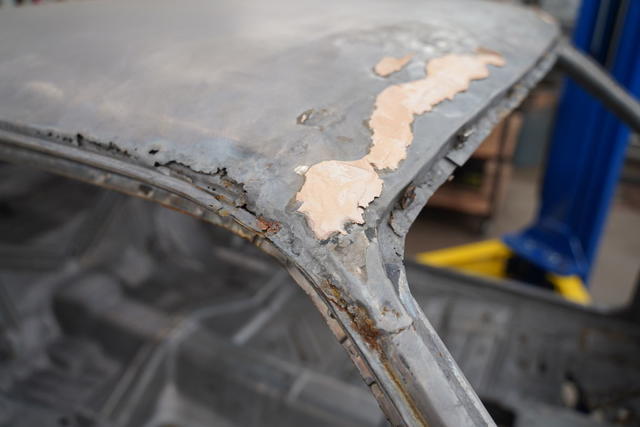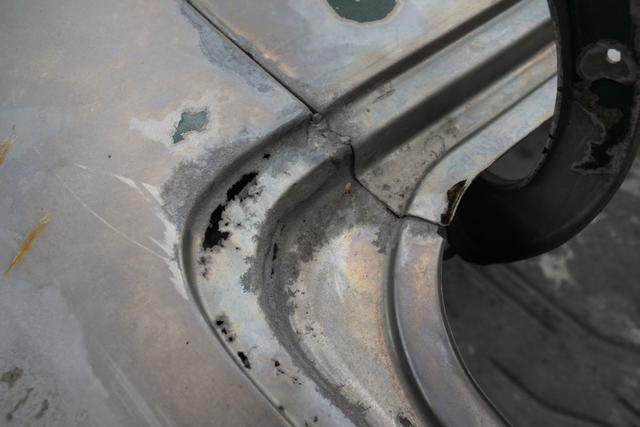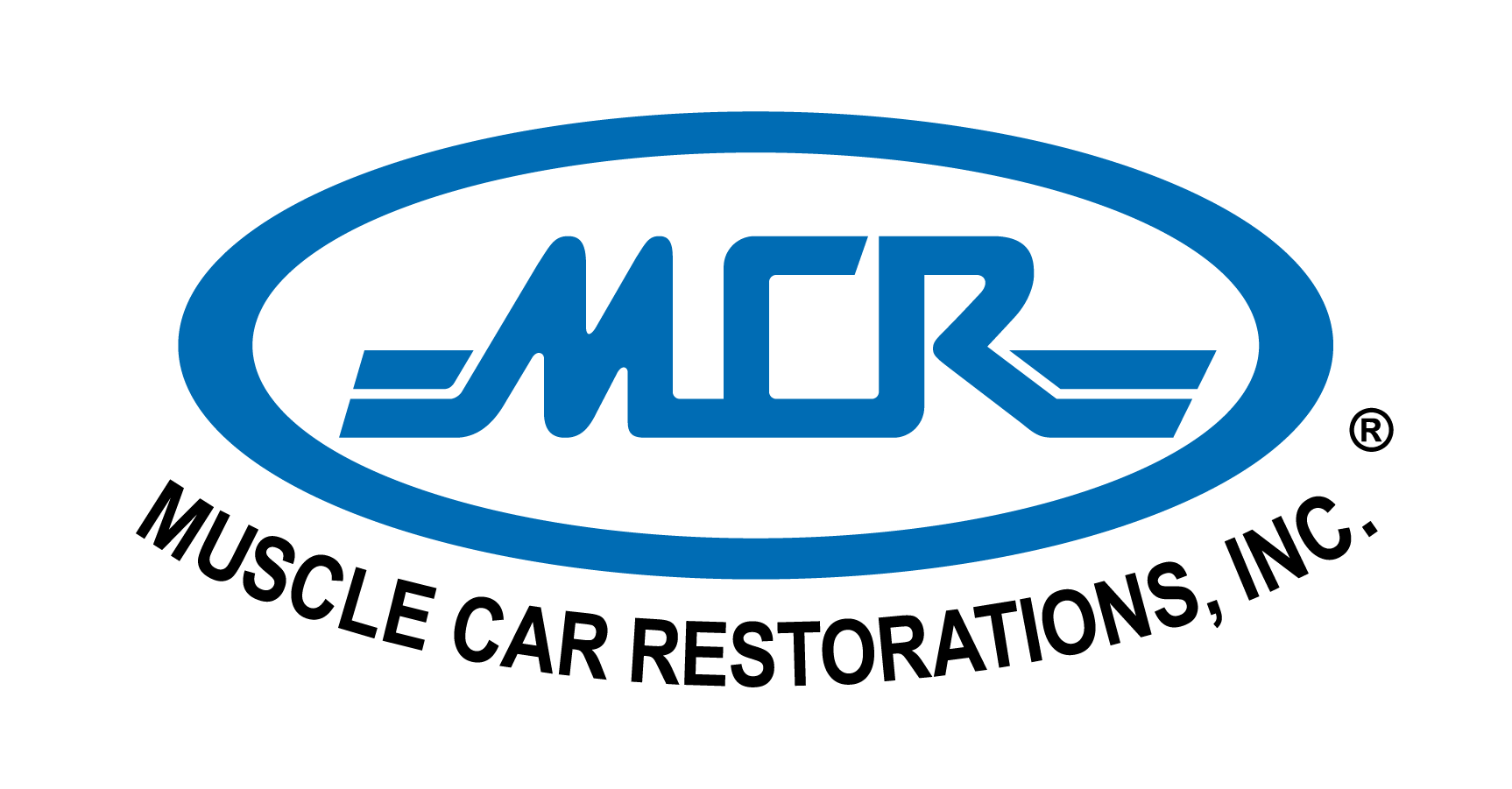Mark Ehlen- MCR Staff
The major decisions have been made. The level of restoration has been chosen. The car is at MCR and its turn has come. The beginning of your dream starts today. This is really going to happen; it is happening.
The first step of any restoration is evaluation, disassembly and then chemical stripping. This is where the MCR team learns what’s good, what’s bad and what can be repaired. It involves the complete disassembly of the entire car. Literally everything, every last nut and bolt, is removed from the car, photographed, labeled, bagged and carefully stored on its own cart that is for that car only.
For many of these cars, if not all of them really, many of the parts that they came with are what make them valuable. Many of these parts are rare and valuable in and of themselves so it is vital that they are properly identified, stored and ultimately restored to like new condition.
Of course many new parts will be needed and MCR knows where to find them. They have many decades of experience locating hard to find parts. Many of course are readily available new but some must be located through sources that have been acquired over many years.
The disassembly and evaluation process is when MCR begins to put together the list of items that will be needed to complete the project. This is important to avoid delays waiting for parts as the project progresses. As much as possible, they want to schedule parts ordering and delivery so that everything arrives as needed. This minimizes the need to store parts and also doesn’t spend budget until it’s actually required.
While much will be learned during the initial parts disassembly, what can only be guessed at is what’s hiding under the paint. It’s true that a thorough and experienced inspection will tell a lot about what sheet metal will be needed but it’s only after everything has been stripped away that the true condition of the body will be revealed.
A good percentage of the cars that MCR sees have been “restored” once already, perhaps as far back as the 1980’s or 90’s. They might look a bit rough around the edges and obviously need to be restored again but otherwise they often appear to be in fairly good shape overall. This is good in the sense that that previous work is likely what preserved them long enough to get them to MCR in the first place. What’s often found under the previous work however is much closer to collision repair than legitimate resto work.
The short version of the story is that there is usually much more damage to the sheet metal than can be seen during an initial inspection. Chicken wire, screen door material, newspaper, rivets, slide hammer holes and lots of small crude patches are common finds under rather thick layers of body filler. None of this concerns the metal team of course because they’ve dealt with all of it for many years. The vast majority of the sheet metal parts that are needed are readily available and those few that aren’t will simply be rebuilt by hand.
John’s Cuda is fairly typical of the condition that MCR finds most of the cars that come into the shop. As you saw in the earlier photos, it looked like a decent car even if it was a bit rough in spots. Once back from being chemically stripped though extensive rust damage was found throughout the body. Now that the body is stripped completely naked, the team in MCR’s metal shop can accurately determine what will be needed to put it all right again. They start by creating a list of sheet metal parts that will be ordered new and those that are best repaired in place. This leads to formulating a plan of how to approach the process of returning this particular car’s sheet metal back to factory spec.
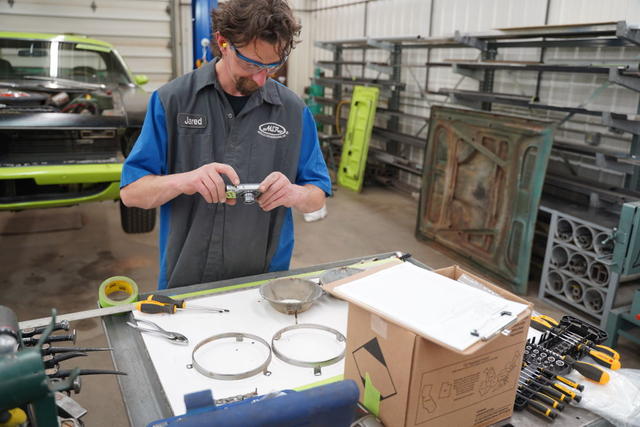
Many sub-assemblies have lots of nuts, bolts, screws, clips and other fasteners that must be labeled and kept together. Not everything is always reused but keeping all the originals sorted guarantees that the right parts will be used during reassembly.
